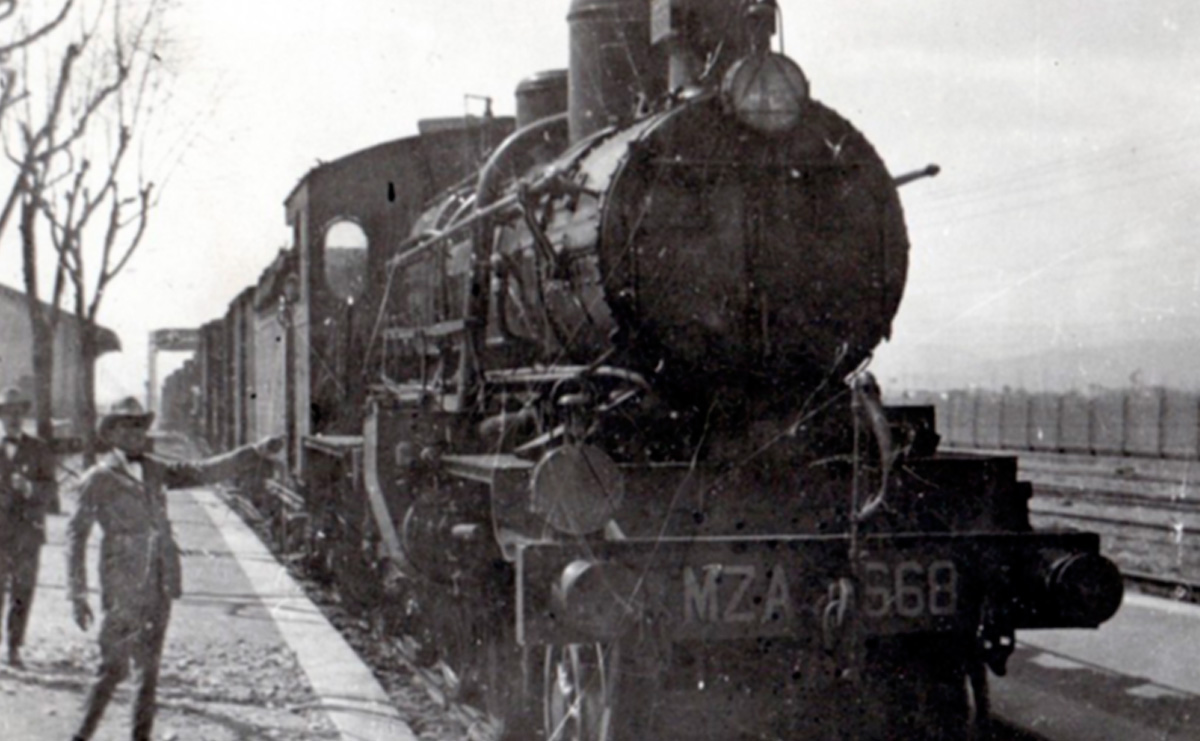Cieza Flowering Greenway
History of the Railway

The origin of the "Chinchilla-Cartagena" railway line between Calasparra and Cieza in the Murcia Region dates back to 1851, when the Port of Cartagena engineer José Almazán proposed a controversial 'Mediterranean Line' from Madrid to Cartagena, with branches to Valencia and Alicante. Finally, in 1859, it was decided that the railway to Murcia and Cartagena would begin in Albacete, starting from the Madrid-Alicante line. Its construction was carried out by the “Compañía de Ferrocarriles de Madrid a Zaragoza y a Alicante” (MZA), which opened the entire line on April 27, 1865, with a total length of about 240 km from Chinchilla (Albacete) to Cartagena (Murcia Region).
The railway was the backbone of numerous municipal districts in Murcia, such as Calasparra and Cieza, and was a great advance for the region. It brought with it the telegraph, revolutionized passenger transport and generated greater industrial activity. In 1941, with the nationalisation of the Iberian gauge railways, the line passed into the hands of Renfe. In the 1960s, with the improvement of road transport, some stops and stations were disused.
Finally, and after many years of waiting, in 2019 the "Camarillas bypass" entered railway service to eliminate the winding route next to the reservoir. This meant the abandonment of about 17 km of the old track –owned by Adif– between Agramón (Hellín) and Cieza, and the closure of Calasparra Station, designed mainly to serve the local mining industry.
In 2022, the tracks were removed in the municipal district of Cieza as part of the upgrading works carried out by the Murcia Region’s Tourism Department to build the greenway.



